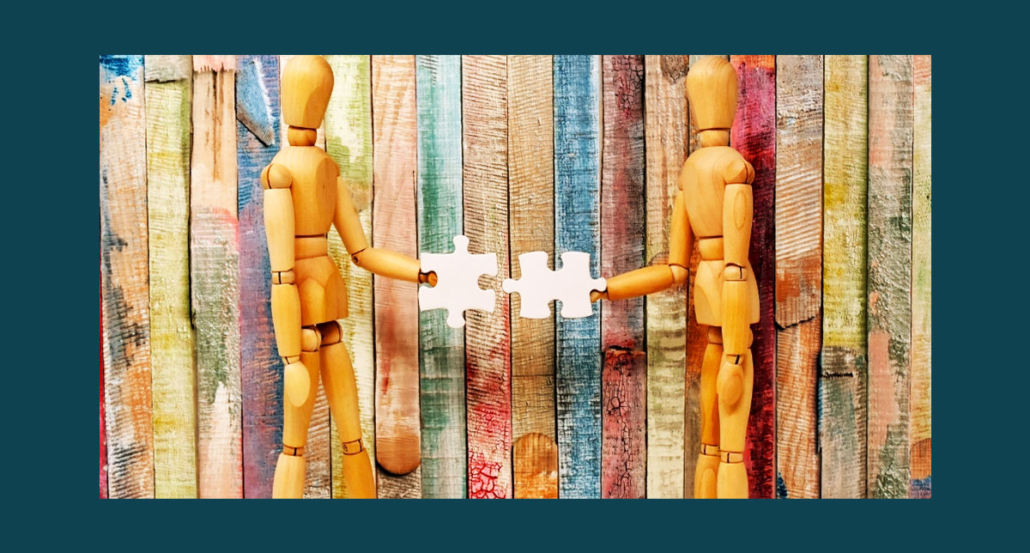In this post we discuss the fifth of seven resilience muscles, the characteristic of connection.
The connection trait has some nuance that may be overlooked if we aren’t careful. Many of us love to meet new people, nurture friendships and be social – and certainly that is connection. And, in the context of navigating change, it also includes calling on the skills of others, a willingness to lean on people when we’re struggling, and asking for help. These are the actions that make our connections valuable and of course it’s not a one-way street. To have genuine, deep relationships we must express gratitude for the help and reciprocate by assisting others.
Balancing Connection
The risk of overusing connection is taking advantage of others, or not trusting our own judgement enough.
Asking for help is a challenge because it requires vulnerability. New habits are developed by doing, so try this. Think of something in your life right now that is difficult. What would help? Is it practical information that you want to learn, like how to use a new software? Or is it emotional support like someone to listen or give you a hug?
Once you determine the need, decide who can fulfill it, then ask for help. Once it’s received, express gratitude and notice the difference it made to get help. And of course, look for opportunities to support that person in the future.
Something else to know about asking for help is it strengthens relationships. I remember many years ago a friend was in a bind and asked if I could pick up her young children and keep them for a few hours. I felt honored to be entrusted with something that was so important to her and it drew us closer. So ask for the support you need, and be ready to give it as well. We definitely get through the tough times better together.


